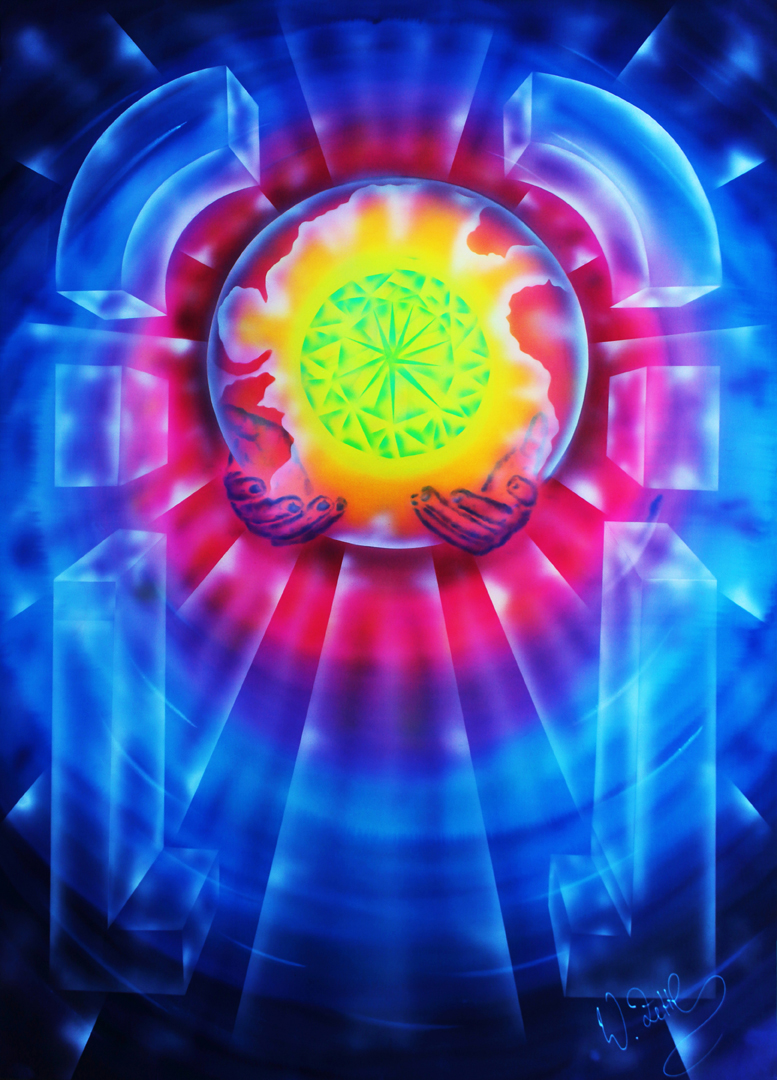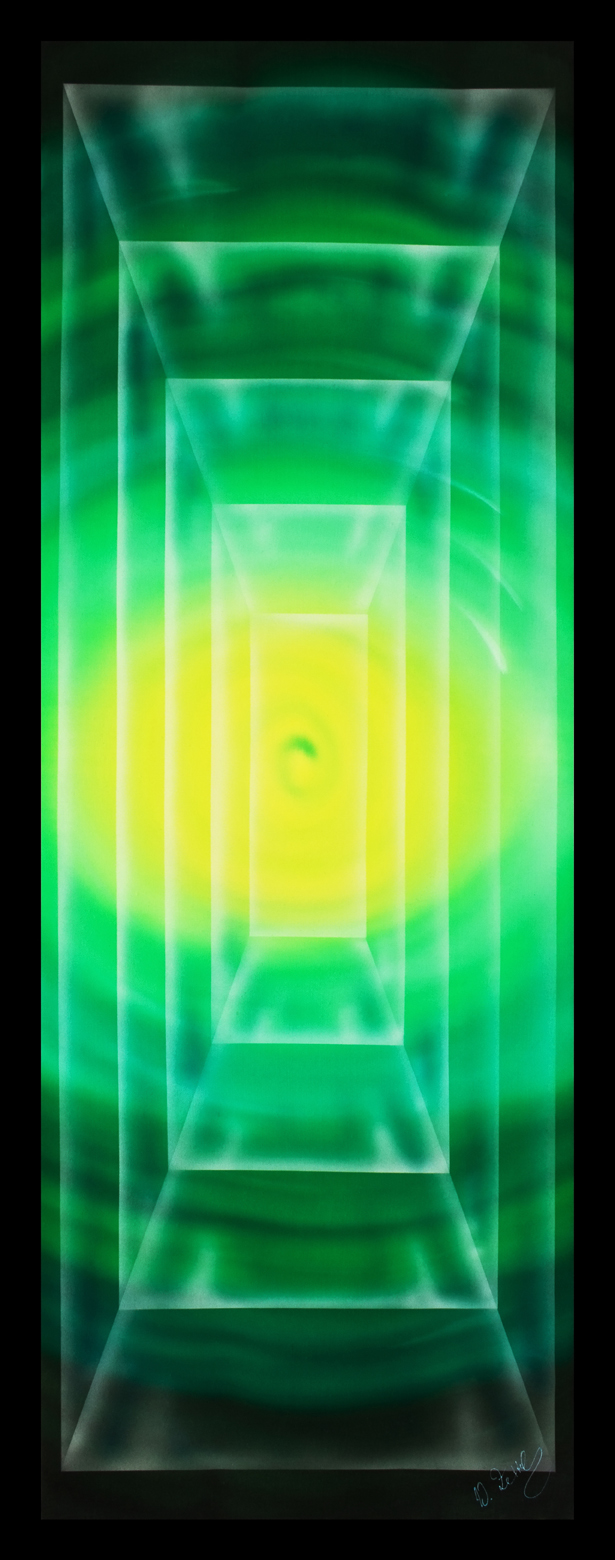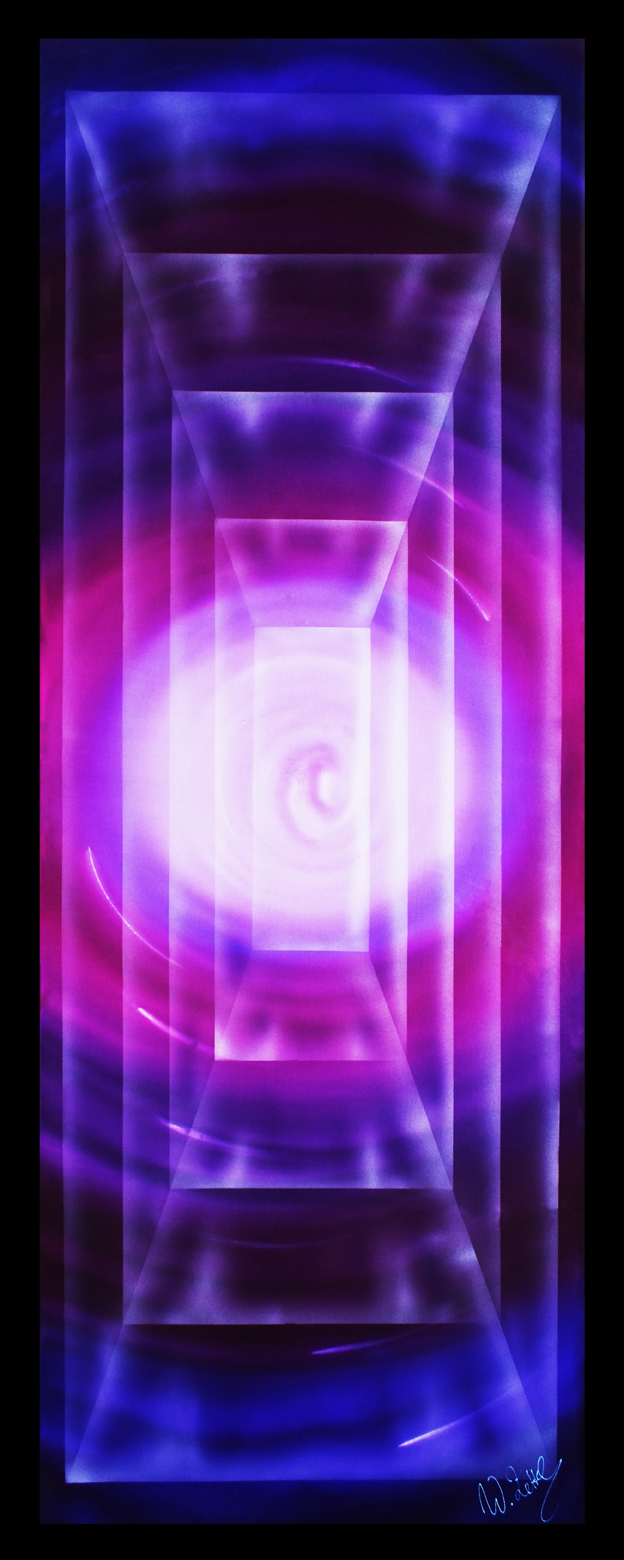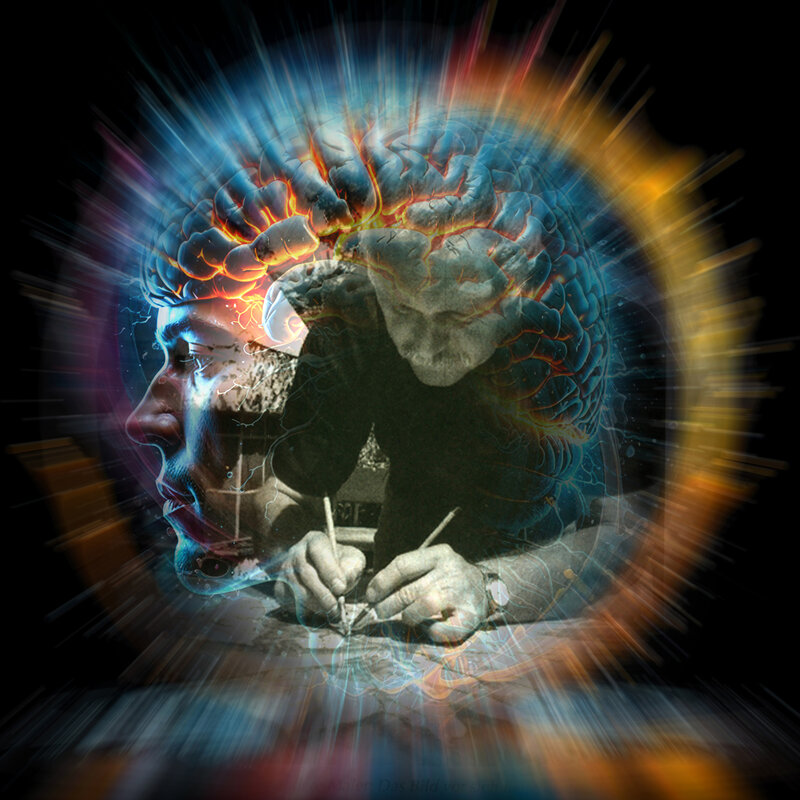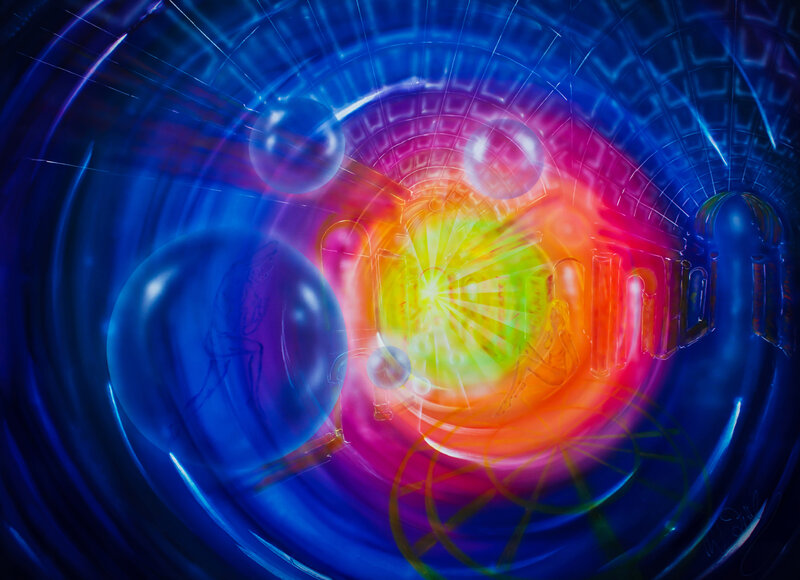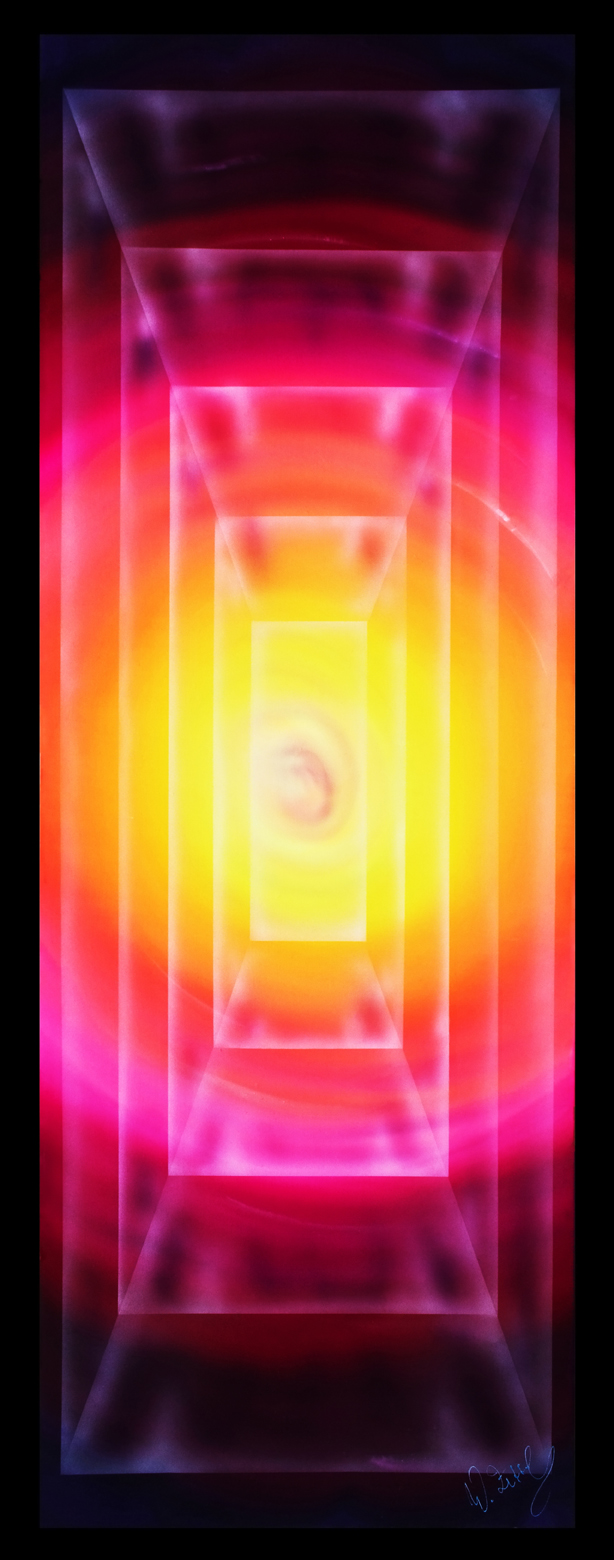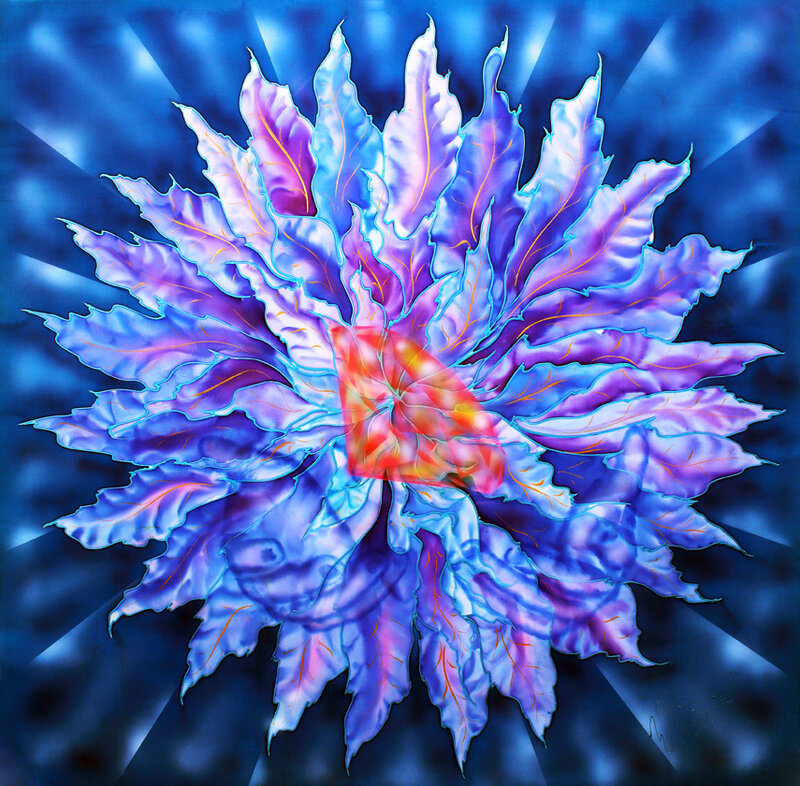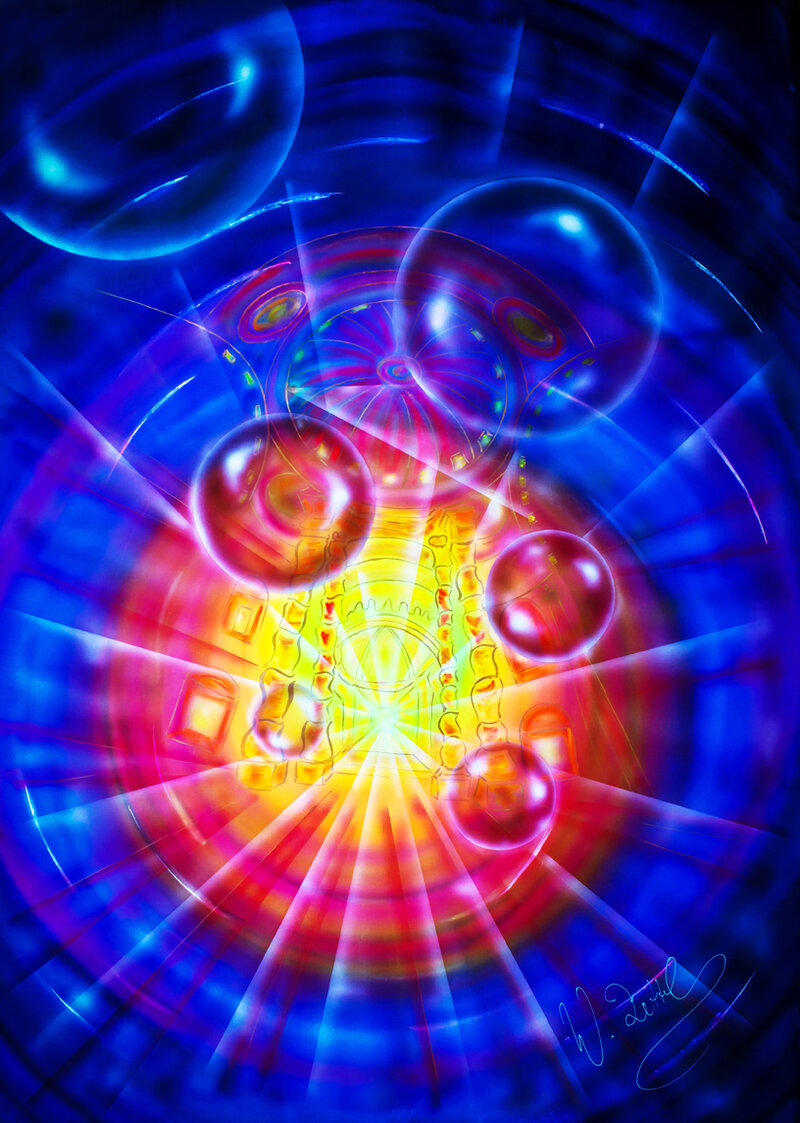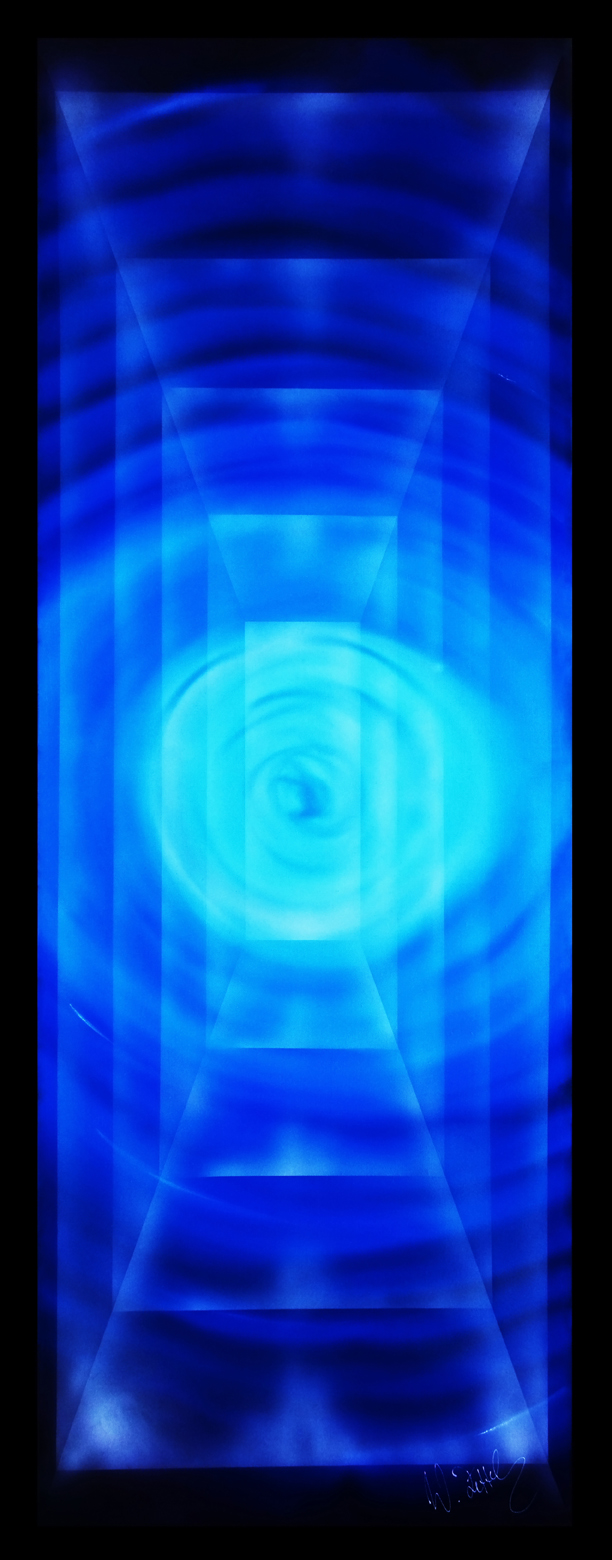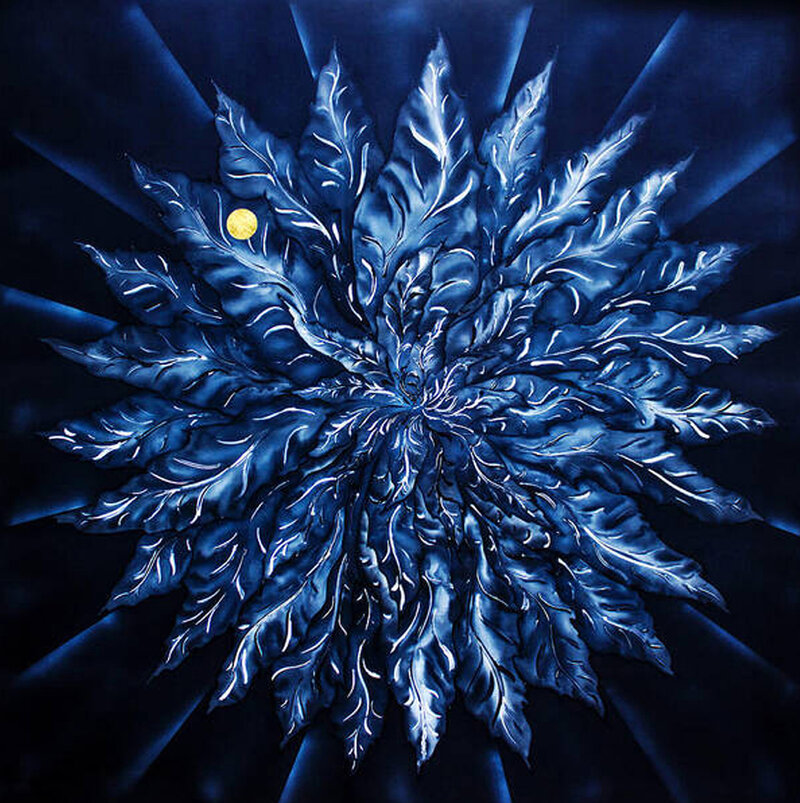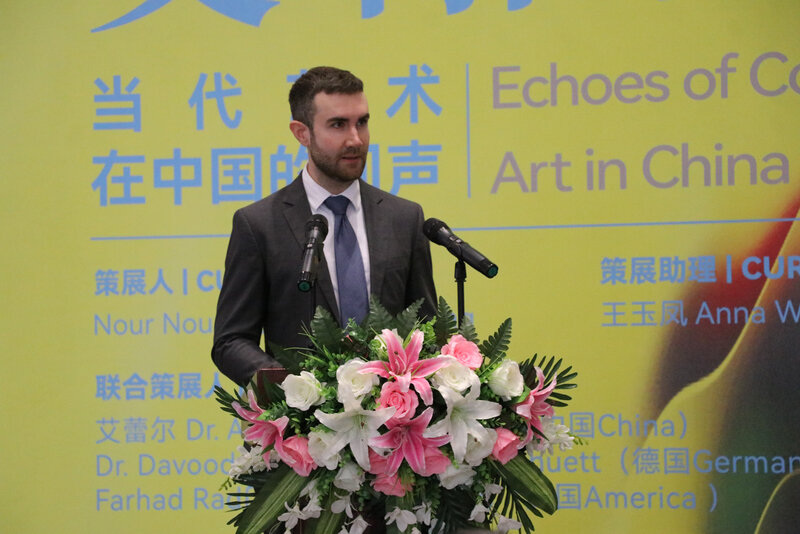
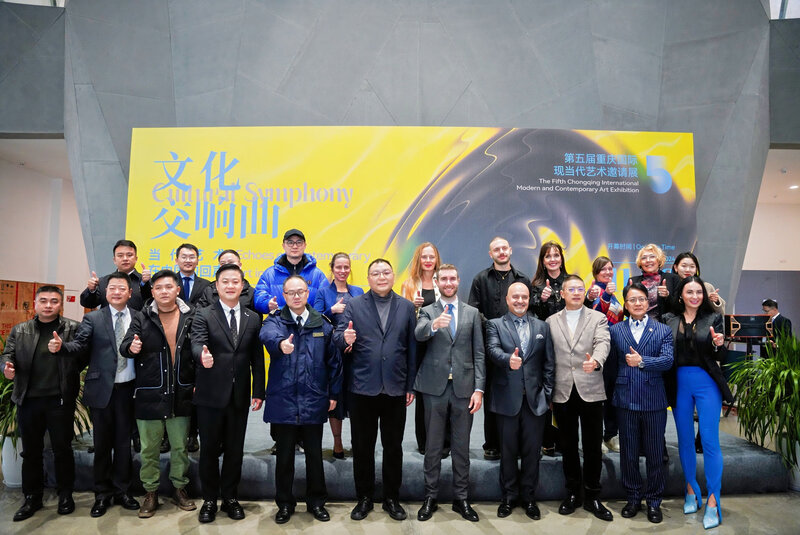
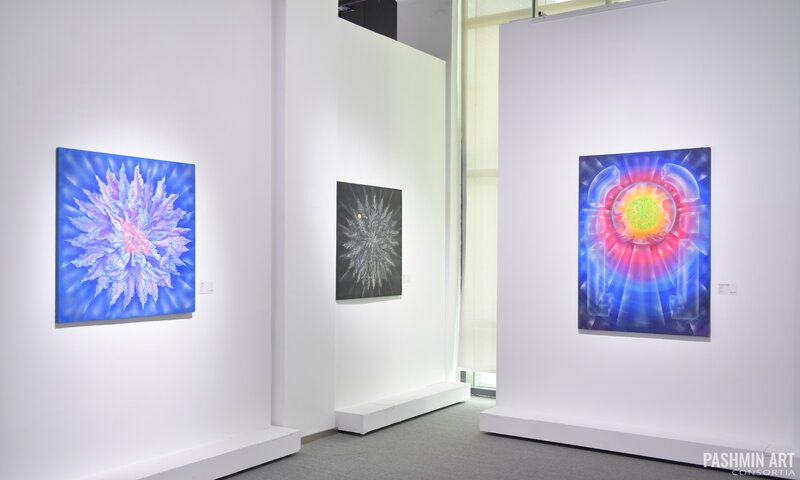
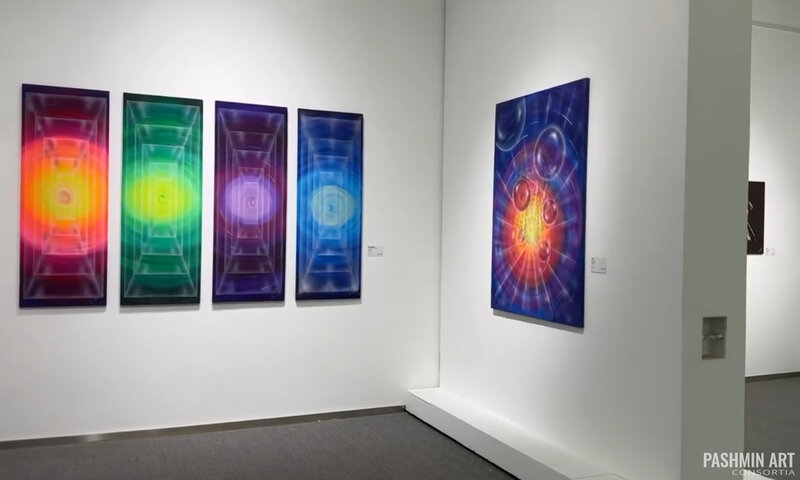
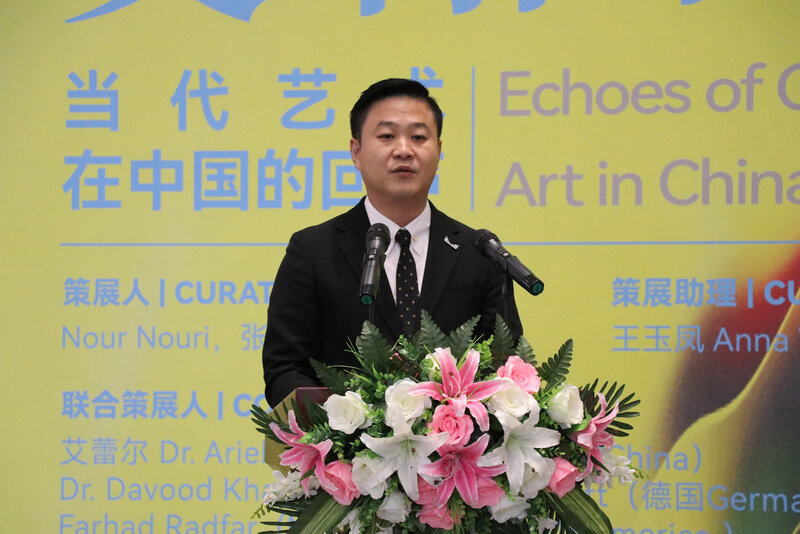
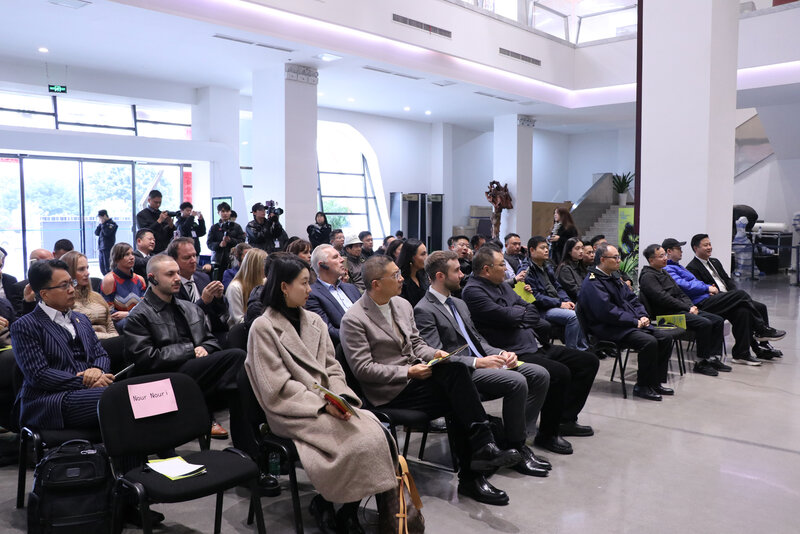
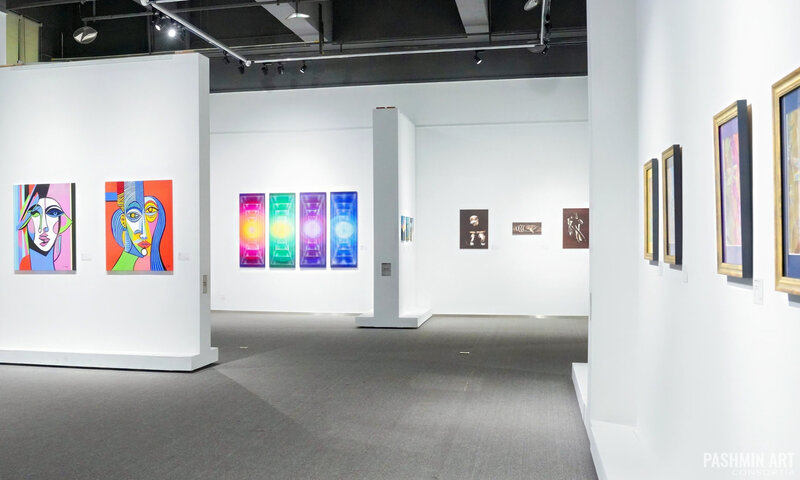
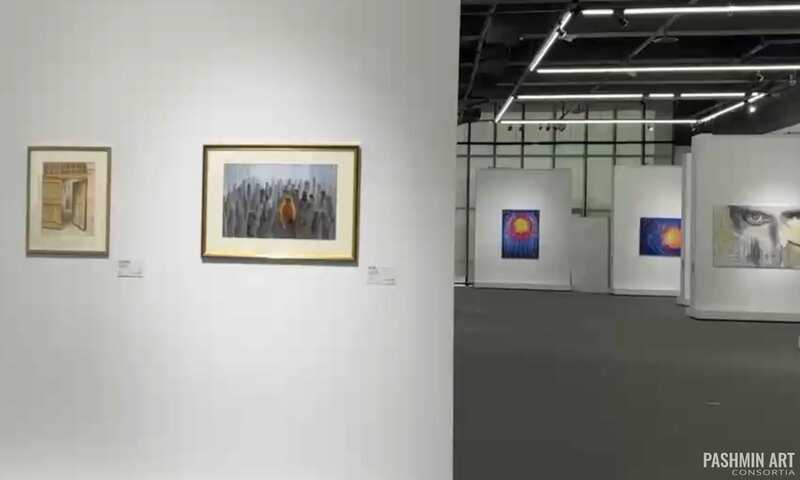
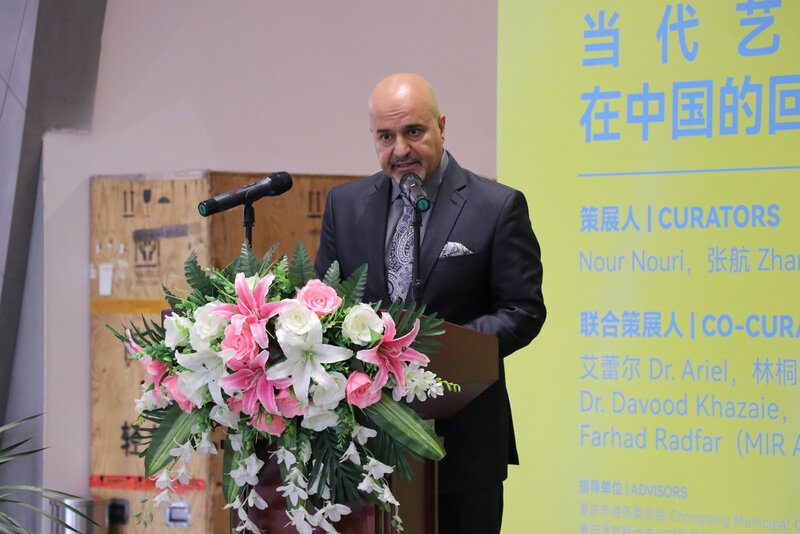
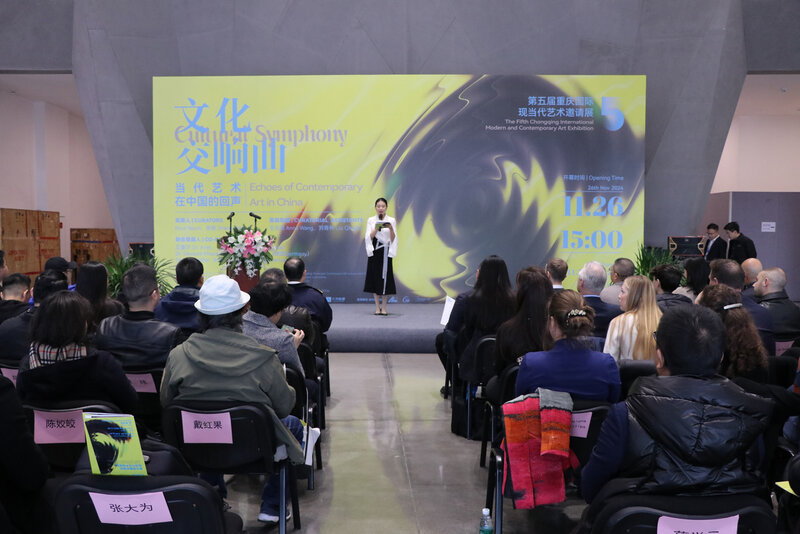
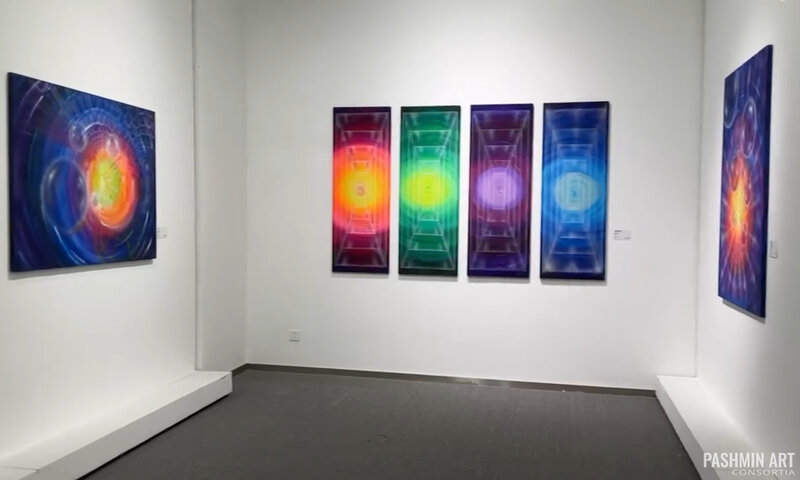
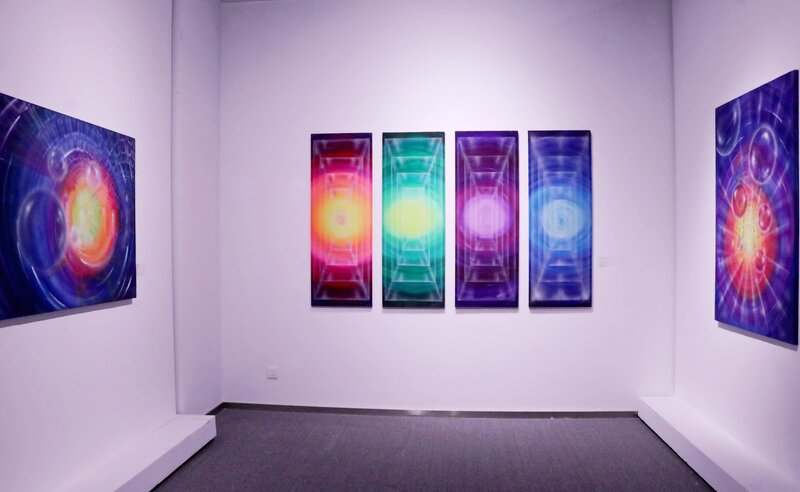
Hong Art Museum - Chongqing - China
https://www.chongqing-artmuseum.com/exhibition-2024-walter-zettl/
In cooperation with Pashmin Art Consortia
Walter Zettl’s life and art are a vibrant testament to the enduring power of creativity. Born in Stuttgart in 1947, Zettl’s artistic talent emerged early, earning encouragement from his teachers, who recommended he pursue formal fine arts training. However, Zettl took a different path, starting a business and temporarily setting aside his passion for painting. After marriage, Zettl focused on his career and family. A serious illness later prompted him to reevaluate his life, leading him back to painting. This turning point marked the start of intense artistic exploration, during which Zettl honed unique techniques, including the remarkable ability to paint with both hands simultaneously. Blending real and surreal elements with vivid color palettes on silk, his works achieved dynamic compositions celebrated internationally.
With the encouragement of a family friend, Zettl began exhibiting his art. His work gained recognition at venues such as the Montserrat Gallery in New York and notable exhibitions like "Oracle" in Munich (1997), the "Tennis World Championship" in Hanover (1998), and the Deutsche Telekom exhibit "Artfully into the New Millennium" (1999–2000). In 2001, his works were displayed at the German House in New York, and in 2003, he participated in the Shanghai Spring Art Salon alongside prominent figures like Käthe Kollwitz and Christo. A significant 2007 exhibition showcased 120 of his pieces at the Deutsche Telekom Conference Hotel. His latest greatest achievement is being exhibited via Pashmin Art Consortia in Hong Art Museum in Chongqing (26 Nov. 2024 – 28 Feb. 2025).
Walter Zettl’s journey exemplifies the transformative power of art and the courage to embrace new horizons. His work invites us to explore the depth of color, light, and form, offering a legacy that inspires artists to evolve and persevere.












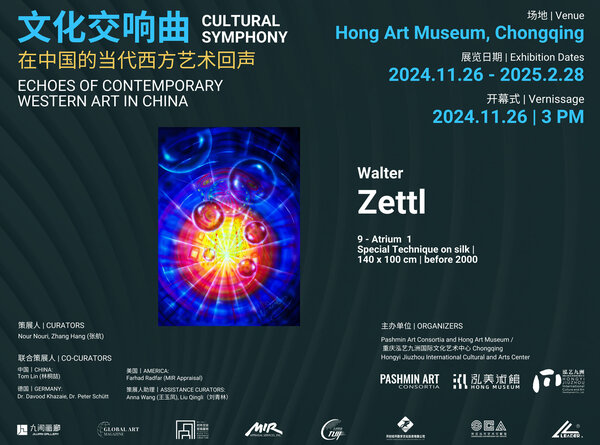
© Copyright Pashmin Art Consortia
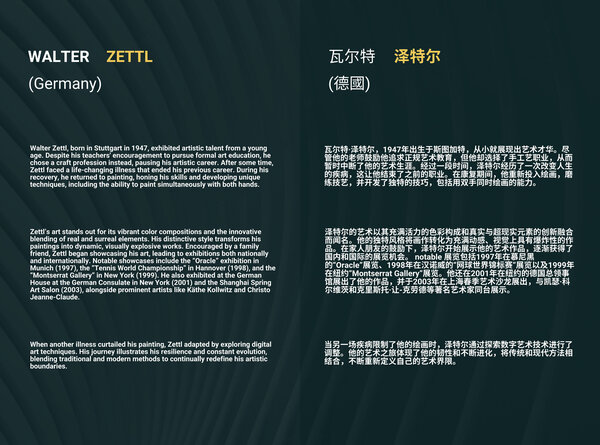
© Copyright Pashmin Art Consortia
When I first saw Walter Zettl's paintings on silk, I was immediately reminded of Mani, the Persian prophet and artist who also painted on this delicate medium to convey profound spiritual messages. Silk, revered in ancient Iran and China for its luxury and divine beauty, served as a sacred canvas for Mani’s cosmological views and teachings of Manichaeism. His intricate, vivid works, often depicting the battle between light and darkness, demanded exceptional skill and precision, elevating silk painting to an almost mystical art form. Zettl’s mastery of silk reminds me of Mani’s legacy, blending vibrant hues, concentric patterns, and symbolic depth. Zettl’s works transcend visual appeal, inviting viewers to contemplate the spiritual and transformative power of light, color, and form.
Zettl’s "Abstract in Perfection" series demonstrates his mastery of light, color, and form through his self-developed silk painting technique. Each work in this series features geometric precision and concentric patterns, creating illusions of depth and movement. Color is a defining element: the fiery reds and yellows of "Abstract in Perfection 1" exude vitality and passion, while the purples and blues in "Abstract in Perfection 2" and "3" evoke calm and introspection. Meanwhile, the greens and yellows in "Abstract in Perfection 4" suggest renewal and energy. Together, these pieces invite viewers to reflect on color and light as transformative forces.
Zettl’s "Atrium" series further explores cosmic and emotional dimensions. Using his signature silk technique, he creates luminous, ethereal spaces that inspire introspection. "Atrium 1" features swirling blues and purples radiating from a glowing center, with translucent spheres floating in celestial harmony. In "Atrium 2," an explosion of vibrant colors interacts with light to form a tunnel-like space, while a human figure trapped within a bubble trying to move toward a nude woman, adds emotional depth, exploring themes of isolation and connection. These works transcend visual appeal, offering a meditative journey into the human condition within the vast universe.
In "Unsere Erde ein Diamant" (Our Earth a Diamond), Zettl presents a powerful vision of our planet’s preciousness. Two gentle hands cradle a radiant sphere resembling a diamond, glowing with green and yellow hues. The vibrant rays of blue and red symbolize energy and life’s interconnected balance, while abstract, translucent forms frame the composition, creating a mystical depth. Through his silk technique, Zettl captures Earth’s fragility and brilliance, offering a poignant reminder of humanity’s responsibility as caretakers of this irreplaceable gem.
"Lebenstraum" and "Meditative Illusion" are like cosmic flowers. In "Lebenstraum" (Dream of Life), Zettl presents a vibrant and ethereal composition that blends the beauty of nature with symbolism. A dynamic arrangement of petal-like forms radiates outward, glowing with shades of blue, purple, and soft hints of red and pink. At the heart of the piece lies a central diamond-like shape (like those used in rings), a metaphor for perfection and aspiration. The petals, reminiscent of human hands, seem to cradle this glowing form, symbolizing the human pursuit of dreams and harmony with the natural world.
"Meditative Illusion," by contrast, offers a more introspective and monochromatic vision. Swirling black forms, resembling leaves, spiral outward in hypnotic motion, creating a dynamic yet calming visual rhythm. On top left, a single dot of gold leaf serves as a striking focal point, symbolizing enlightenment, stillness, or the essence of truth. The interplay of darkness and light invites the viewer into a meditative state, reflecting on simplicity and balance amidst complexity. Both works demonstrate Zettl's mastery of symbolism and technique, encouraging contemplation of beauty, imperfection, and the spiritual journey.
